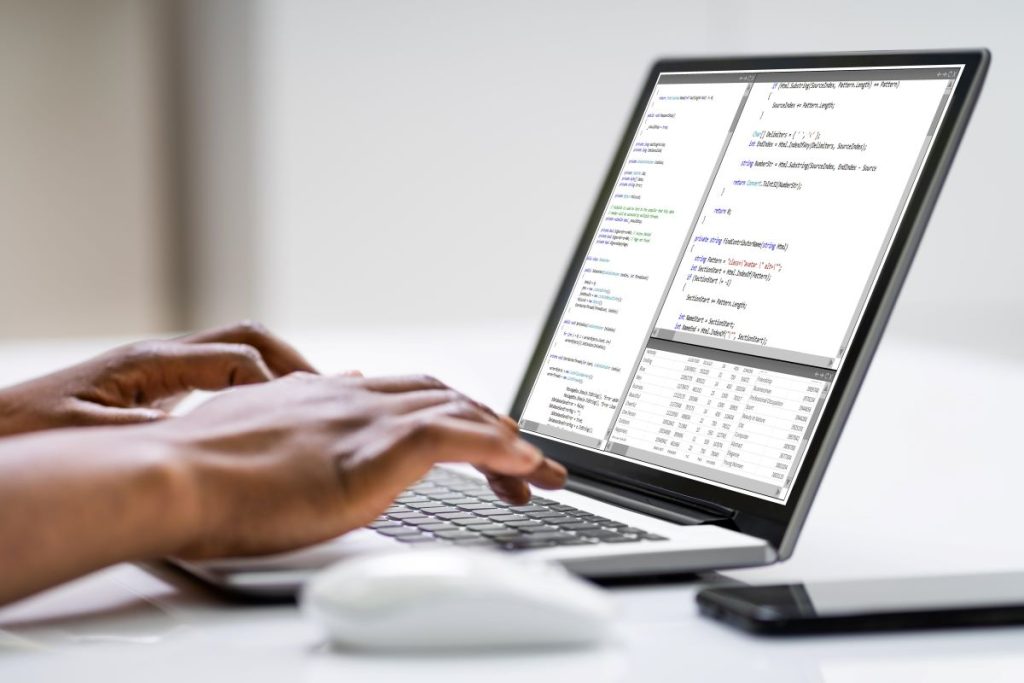
Payroll management is a critical aspect of any organization’s operations, directly impacting employee satisfaction, regulatory compliance, and overall financial health. Traditional manual payroll processes are time-consuming, error-prone, and can lead to compliance issues. In contrast, payroll management software offers a comprehensive solution to streamline payments, automate tasks, and enhance efficiency. This guide explores the benefits, features, and best practices for implementing it to optimize your payment processes.
Payroll management software is a digital tool designed to automate and simplify the payroll process. It encompasses a range of functionalities, including calculating salaries, taxes, deductions, and generating paychecks. Modern payroll software goes beyond basic calculations, offering advanced features like direct deposit, tax compliance, employee self-service portals, and integration with accounting systems.
When choosing a software for managing payroll consider the following key features:
Payroll management software is a powerful tool for streamlining payments, enhancing accuracy, and ensuring compliance. By leveraging the right software solution and following best practices, organizations can optimize their payroll processes, improve employee satisfaction, and drive operational efficiency. Invest in a robust payroll management system like Employwise to unlock benefits such as time savings, cost reduction, and data-driven insights for informed decision-making. Get in touch today!




